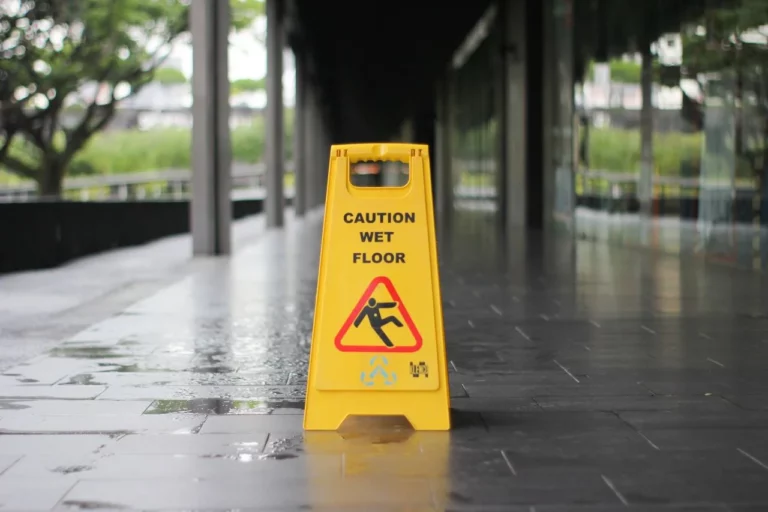Proving Negligence in Slip and Fall Cases: What You Need to Know in West Palm Beach

Slip and fall accidents can result in serious injuries and financial hardships for victims in West Palm Beach. When pursuing a slip and fall claim, proving negligence is essential for holding responsible parties accountable and seeking compensation for damages. Here’s what you need to know about establishing liability in slip and fall cases in West Palm Beach.
Duty of Care
To prove negligence in a slip and fall case, the plaintiff must demonstrate that the property owner or occupier owed them a duty of care. In West Palm Beach, property owners have a legal obligation to maintain their premises in a reasonably safe condition and to warn visitors of any known hazards.
Breach of Duty
The next step in proving negligence is to establish that the property owner breached their duty of care by failing to address or warn about hazardous conditions on their premises. This could include hazards such as wet floors, uneven surfaces, or insufficient lighting.
Notice of Hazard
In some cases, proving negligence may require demonstrating that the property owner had actual or constructive notice of the hazardous condition. Actual notice refers to situations where the property owner was aware of the hazard, while constructive notice involves proving that the hazard existed for a sufficient period that the property owner should have known about it through reasonable inspection and maintenance practices.
Causation
Establishing a causal connection between the hazardous condition and the plaintiff’s injuries is essential for proving negligence in a slip and fall case. This requires demonstrating that the hazardous condition directly contributed to the accident and resulting injuries sustained by the plaintiff.
Comparative Negligence
In West Palm Beach, the concept of comparative negligence may affect the outcome of a slip and fall case. If the plaintiff is found to have contributed to their injuries by acting negligently, their compensation may be reduced proportionally to their degree of fault. It’s crucial to gather evidence to refute any claims of comparative negligence and establish the property owner’s primary liability.
Documenting Evidence
Collecting and preserving evidence is critical for proving negligence in slip and fall cases. This may include photographs or videos of the accident scene, witness statements, incident reports, and medical records detailing the extent of the plaintiff’s injuries.
Seeking Legal Representation
Due to the complexities involved in proving negligence in slip and fall cases, seeking legal representation from an experienced personal injury attorney in West Palm Beach is highly recommended. An attorney can help gather evidence, navigate legal procedures, and advocate for the plaintiff’s rights to maximize their chances of obtaining fair compensation.
Conclusion
Proving negligence in slip and fall cases requires thorough documentation of the hazardous condition, evidence of the property owner’s breach of duty, and a clear causal connection between the hazard and the plaintiff’s injuries. By understanding the key considerations involved and seeking legal guidance when needed, slip and fall victims in West Palm Beach can pursue the compensation they deserve for their injuries and losses.

 Call Us Today - It's Free
Call Us Today - It's Free